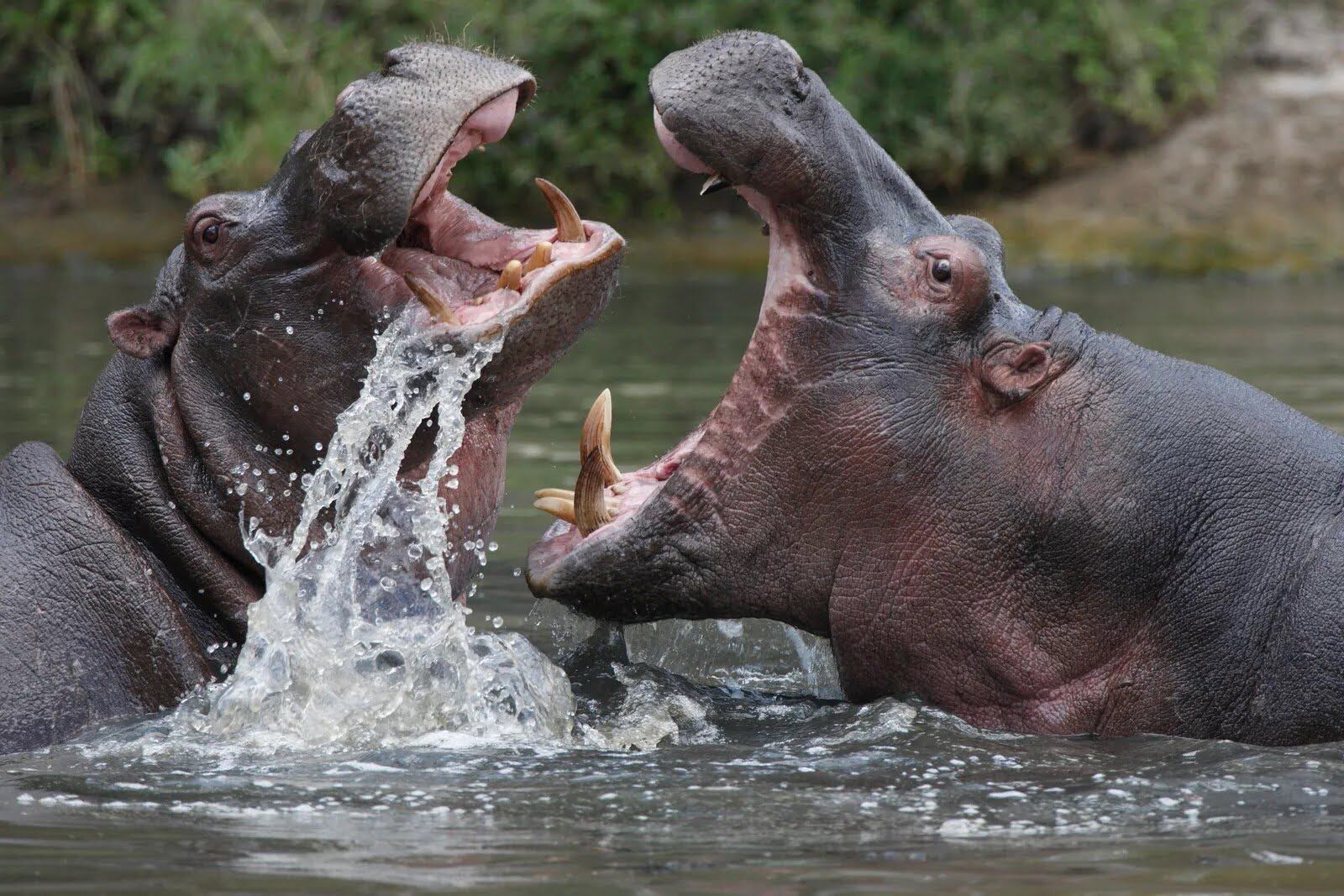
What makes an animal dangerous? Is it their size, strength, venom, or sheer unpredictability? The animal kingdom is full of creatures that can pose serious threats to humans. From the deep jungles to the vast oceans, these animals have evolved unique ways to defend themselves or hunt their prey. Some use venom, others rely on brute force, while a few employ stealth and cunning. Understanding these animals can help us appreciate their role in nature and the importance of respecting their habitats. Let's dive into 15 fascinating facts about the most dangerous animals on our planet.
Key Takeaways:
- Watch out for the little guys! Deadly insects like mosquitoes and kissing bugs can spread diseases, so be cautious around them to stay safe.
- From venomous creatures to predatory mammals, dangerous animals come in all shapes and sizes. Understanding them can help us appreciate the diversity of life while staying safe.
The Most Dangerous Animals in the World
When thinking about dangerous animals, many people imagine fierce predators like lions or sharks. However, some of the most dangerous creatures are much smaller and less obvious. Here are 15 facts about the most dangerous animals on Earth.
Deadliest Insects
Insects might be small, but they can be incredibly deadly. Here are some of the most dangerous insects you should know about:
- Mosquitoes are responsible for more human deaths than any other animal. They spread diseases like malaria, dengue fever, and Zika virus.
- Tsetse flies transmit sleeping sickness, a disease that can be fatal if not treated.
- Kissing bugs spread Chagas disease, which can cause severe heart and digestive problems.
Venomous Creatures
Venomous animals use their toxins to hunt or defend themselves. These creatures can be incredibly dangerous to humans:
- Box jellyfish have venom that can cause heart failure, paralysis, and death within minutes.
- Inland taipan is the most venomous snake in the world. Its bite can kill a human in under an hour.
- Stonefish are the most venomous fish. Stepping on one can cause excruciating pain and even death.
Predatory Mammals
Some mammals are known for their strength, speed, and hunting skills. These predators can be very dangerous:
- Lions are powerful hunters that can take down large prey. They have been known to attack humans.
- Tigers are solitary hunters with incredible strength. They are responsible for more human deaths than any other big cat.
- Polar bears are the largest land carnivores. They can be very aggressive and have attacked humans in the Arctic.
Aquatic Threats
The ocean is home to many dangerous creatures. Here are some of the most threatening aquatic animals:
- Great white sharks are apex predators with powerful jaws. They have been involved in numerous attacks on humans.
- Saltwater crocodiles are the largest reptiles. They are highly aggressive and responsible for many fatal attacks.
- Blue-ringed octopuses have venom that can cause paralysis and death within minutes.
Tiny but Deadly
Some of the most dangerous animals are surprisingly small. These tiny creatures can pack a deadly punch:
- Poison dart frogs have skin toxins that can kill a human with just a touch.
- Cone snails have venomous harpoons that can cause paralysis and death.
- Brazilian wandering spiders have venom that can cause severe pain, paralysis, and death.
Understanding these dangerous animals can help you stay safe and appreciate the incredible diversity of life on Earth.
Final Thoughts on Dangerous Animals
Understanding dangerous animals helps us respect their power and know how to stay safe. From the tiny box jellyfish with its deadly sting to the massive saltwater crocodile with its powerful jaws, each creature has unique traits making it a force of nature. Knowing these facts can save lives and foster a deeper appreciation for wildlife.
Remember, not all dangerous animals are aggressive by nature. Many attacks happen because humans invade their territory or provoke them. Staying informed and cautious can prevent most encounters from turning deadly.
So, next time you hear about a great white shark or a poison dart frog, think about the incredible adaptations that make them so formidable. Respect their space, and you'll likely avoid any dangerous run-ins. Stay curious, stay safe, and always respect the wild.
Frequently Asked Questions
Was this page helpful?
Our commitment to delivering trustworthy and engaging content is at the heart of what we do. Each fact on our site is contributed by real users like you, bringing a wealth of diverse insights and information. To ensure the highest standards of accuracy and reliability, our dedicated editors meticulously review each submission. This process guarantees that the facts we share are not only fascinating but also credible. Trust in our commitment to quality and authenticity as you explore and learn with us.
